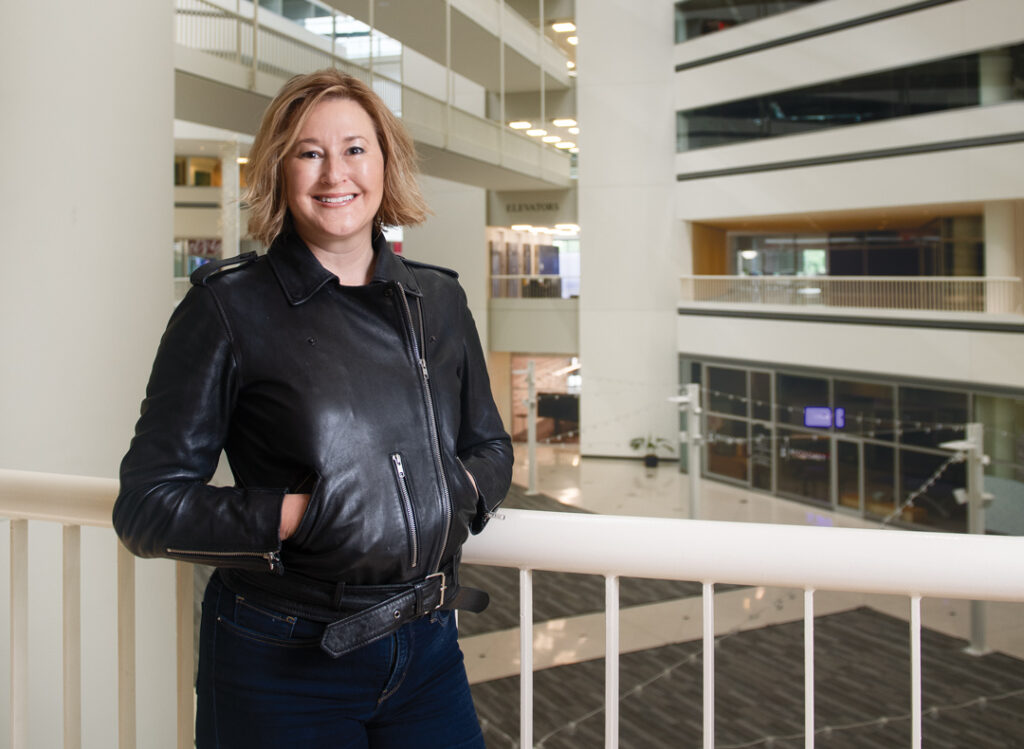Power Breakfast Takeaways: ‘March to 1 Million’

BPC Staff Oct 31, 2017 | 5:13 pm
6 min read time
1,439 wordsArts and Culture, Business Record InsiderGreater Des Moines is booming. Population projections have our region on pace to eclipse 1 million residents by 2040.
But with lightning population growth comes a variety of challenges: Infrastructure could be strained, resources might become scarce, workforce demographics will shift, leaders will change, city identities and politics will evolve, and, gulp, you might even find yourself stalled in traffic on your way to work.
The Oct. 25 Power Breakfast “March to 1 Million” brought together 200 Greater Des Moines area business executives and five panelists who tackled the opportunities and challenges the area will face as it grows.
Here are some of the key takeaways from the Business Record’s managing editor Perry Beeman and senior staff writers Kent Darr and Joe Gardyasz.
Suzanne Behnke, editor
Des Moines: A place for millennials, but will they stay?
Perry Beeman, managing editor
Liesl Eathington, Iowa State University’s program coordinator for the Iowa Community Indicators Program run by ISU economists, ticked off a long list of stats that show Greater Des Moines faring well in a whole host of population categories among Midwestern metros of over 500,000.
Among the key points: Greater Des Moines is among the fastest-growing, and it has an unusually high number of people under age 45. It is far less successful on racial diversity.
Eathington noted other phenomena, including this: Young adults seem to love Greater Des Moines, but there is evidence many move away when they reach a point in their careers becausethe job market doesn’t offer them higher-end positions for advancement. So they leave, and maybe they come back later to raise their family or even to retire.
I found this interesting because of my recent high-school reunion, which included people who have been away from this area for more than 30 years in some cases. But a handful of my classmates have moved back to Ames in the past few years — even in their late 50s — from San Diego, North Carolina and elsewhere. Some moved back to care for their parents. Others just wanted to move back for the low-traffic, high-amenities living.
Eathington said one of the challenges for Greater Des Moines will be to address this notch in the population — people who leave mid-career to seek promotions elsewhere.
Joining metro or run over by it?
Perry Beeman, managing editor
Moderator Chris Conetzkey asked Zachary Mannheimer about the buzz in area communities that are in the path of Des Moines’ growth.
“It’s a struggle,” Mannheimer said. “They are on the fence. A lot of these communities that are just outside the metro —Jefferson is a good one. It’s an hour away, in Greene County — they know they are on the cusp of being in the metro. Many of their residents like to be in the metro, and many of them would not. They see it as an infringement on their territory and they don’t want to see that.
“I see it as a balance that we can strike. What’s interesting is the growing number of people living in a place like Jefferson who are telecommuting. A few of them come to the metro one or two days a week, and they work out there the rest of the time.
A lot of those places tell us they need co-working spaces, they need “maker spaces.”
The struggle they are seeing is no different than we see here. The number one and two issues in these communities is workforce development and housing stock. It’s no different than we see here.”
Eathington: Be careful about those rosy numbers
Perry Beeman, managing editor
Polk County Supervisor Angela Connolly and others made a point to note that strong population growth can make it harder to supply affordable housing, battle hunger and address other social issues. Eathington saved a similar warning for her parting words.
“My caution would to beware being too happy about rosy-looking numbers. It makes it too easy to ignore issues that we have presently and that probably are going to get worse,” Eathington said. “It’s important to develop a sense of shared fortunes. So as business people, your concern might be workforce or your own community, but getting a sense that your fortunes are tied to those of a lot broader group than you are thinking of currently — the poor, immigrants, other regions of the state that aren’t doing so well — it’s good to think about that sort of thing.”
Des Moines, where?
Kent Darr, senior staff writer
Mannheimer touched home with this reporter when he mentioned that he was in Lansing, Mich., recently, where the residents apparently don’t feel the need to mention what state their fair city is located in (Mich. is newspaper shorthand for Michigan, by the way).
It made me recall the many years I worked in Ohio, where many of my acquaintances confused Iowa with Idaho. “This is Kent Darr from the Des Moines, Idaho, area,” they would say when making introductions.
Mannheimer awaits the day when we don’t have to append the state name to Des Moines. We will have landed on the national, possibly world, stage, when that happens.
Here’s how we lose Iowa:
“To me it’s going to take a great entrepreneur and a great artist, at the same time, doing something so spectacular that the entire world is going to hear about it, and they say, ‘Where are you from? You’re from Des Moines, wow,’ and Des Moines is on the map,” Mannheimer said. “That has to happen as well as everything else.”
Is finance and insurance too much of a good thing?
Kent Darr, senior staff writer
Little question that the large presence of finance and insurance companies has been a good thing for Des Moines, building a large, highly educated employment base, allowing the area to ride out some tough economic times, among other things.
On the other hand, Greater Des Moines is two times more dependent on the finance and insurance industries than any other city in the Midwest, Eathington said, and that “might be a little bit of a concern going forward.”
Working poor face significant challenges
Joe Gardyasz, senior staff writer
In planning for 1 million residents, Elisabeth Buck noted that 35 percent of the current population is not economically self-sufficient. “It’s families who are working, but who aren’t earning enough to have enough assets to be self-sufficient,” she said.
“With growth we’re going to need more affordable housing, more affordable child care to support that workforce and to sustain the high school graduation rate to keep skilled workers that are needed,” she said.
Among lower-income residents who may be bringing in just $16,000 annually as an individual or $25,000 for a family income, those households are typically spending about two-thirds of their incomes on housing, leaving them little money to pay for other needs, Connolly said. “I want to make sure the business community is aware of the lower-income families coming in,” she said. “My focus is going to be on making sure we don’t leave anybody behind.”
Moving for the lifestyle
Joe Gardyasz, senior staff writer
Traditional recruitment is being turned on its head in metro areas, Gene Meyer observed, in that people are choosing where they want to live ahead based on the type of lifestyle they’d like and what the area offers ahead of deciding on an employer. And then, “they’re saying (to companies), ‘Why should I work for you?’”
Investing in young people
Joe Gardyasz, senior staff writer
When one participant asked how Des Moines can keep crime down as the metro grows, Buck suggested education as a means to address it. For instance, providing summer employment opportunities for youth of color to give them their first job experiences could help to avoid having those kids get into trouble, she said.
We need to be investing in our kids early, Buck said. It’s been shown that 70 percent of kids in juvenile detention have uncorrected vision issues. “If we had caught that early, we probably could have made a difference.”
The number of Central Iowans who are engaged on Capital Crossroads committees — about 630 — surpasses the total populations of many small Iowa towns. It’s an important way to get people involved and to make them feel that they have a voice in the process, Meyer said.
Identity crisis?
Joe Gardyasz, senior staff writer
“As we grow this metro, what I don’t want to see happen is a lot of these small communities (such as Jefferson, Fort Dodge and Newton) losing their identities,” Mannheimer said. “As we grow, how do we work with rural communities and not against them?”









